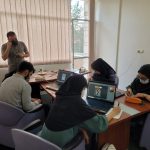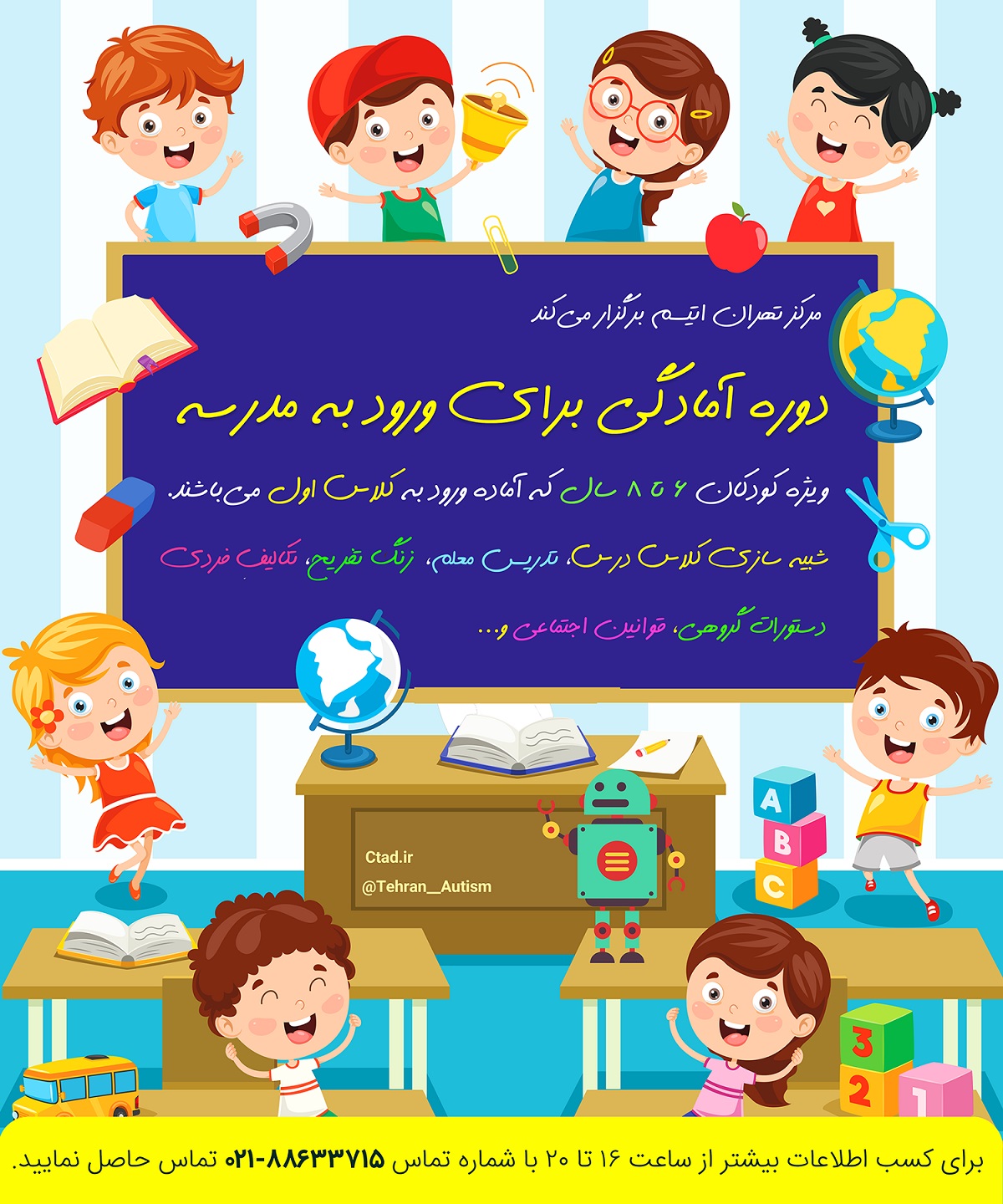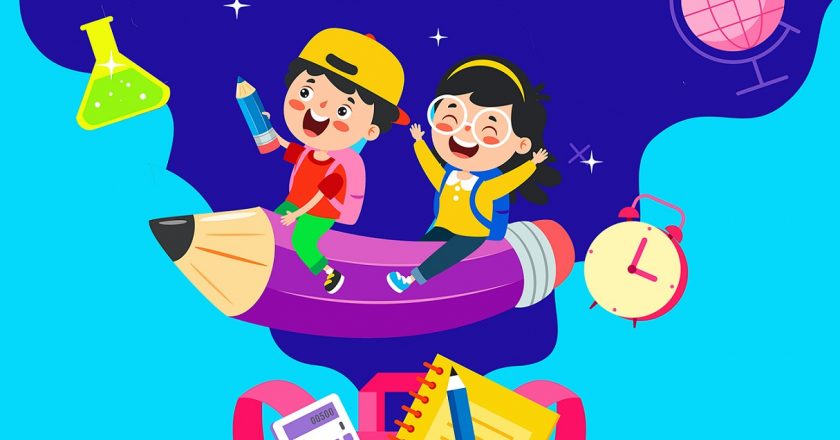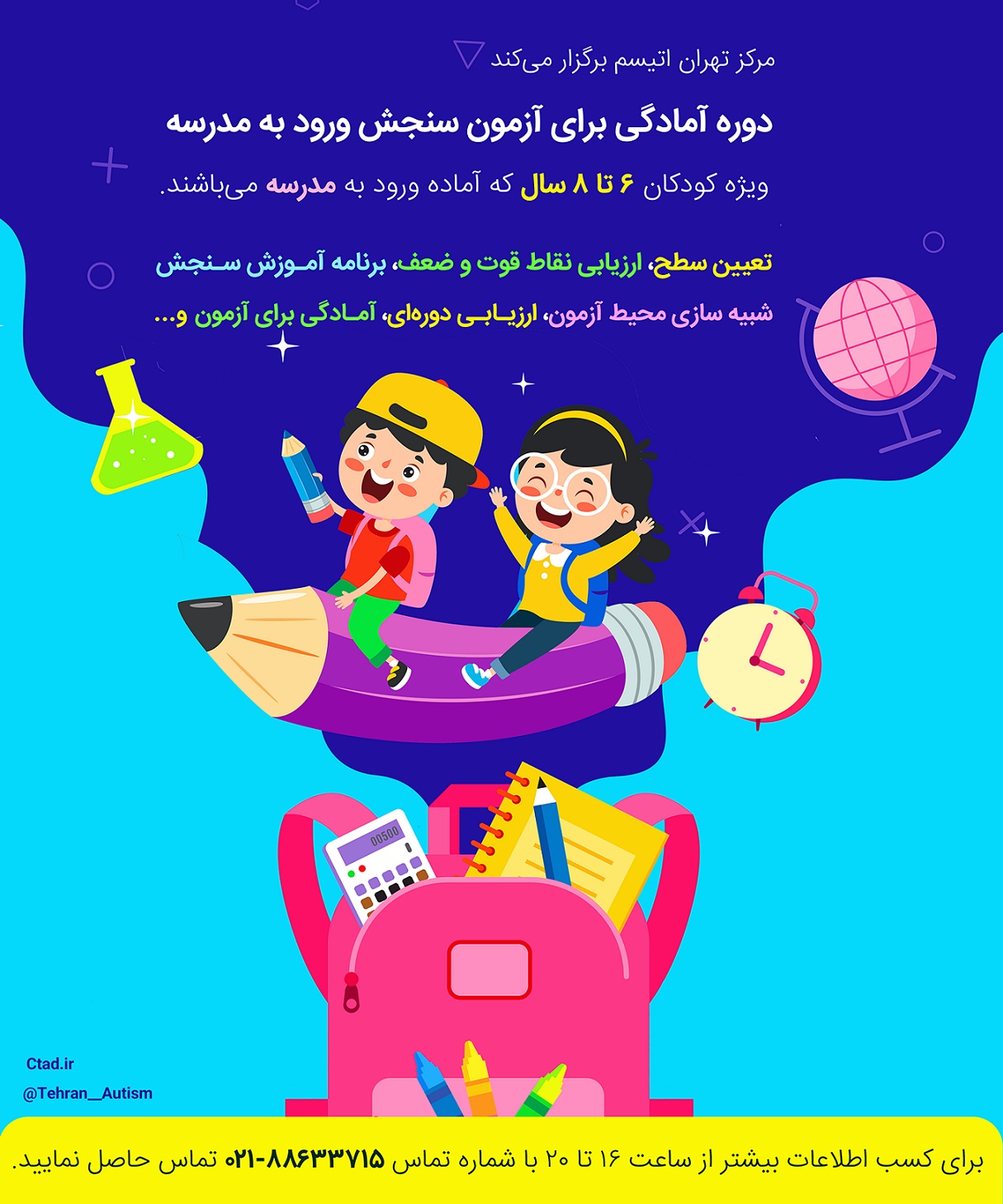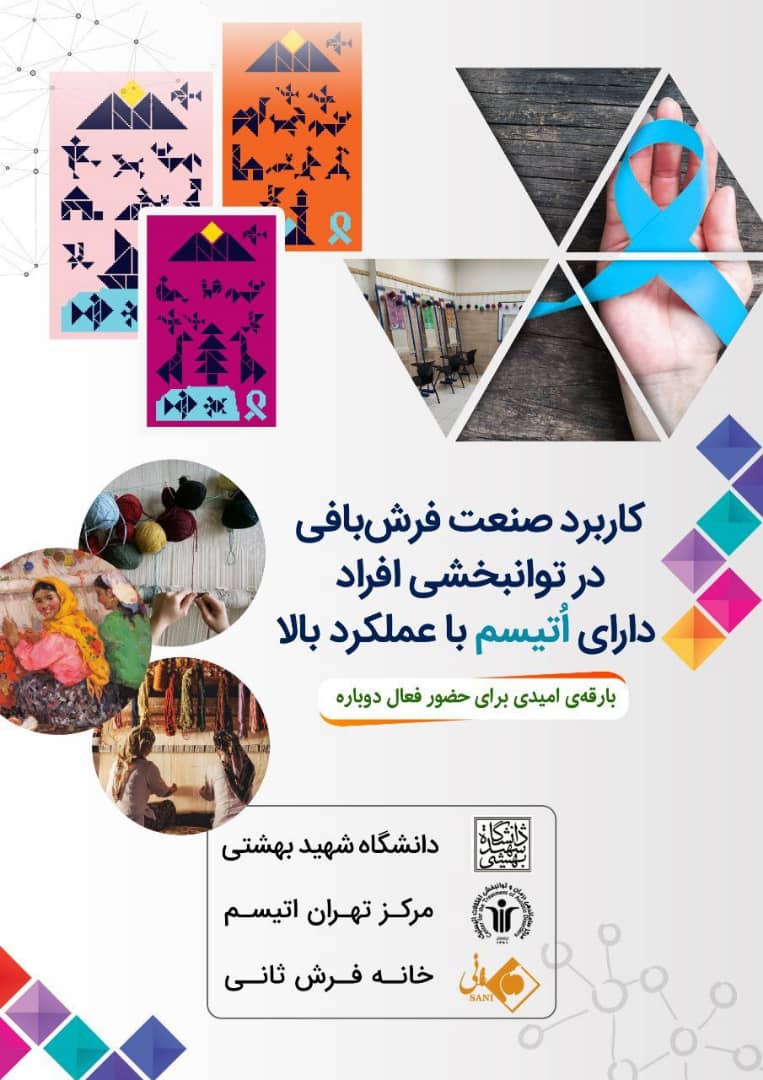
کتاب کودک فعال، مغز سالم به نویسندگی دکتر بیتا شلانی و دکتر سعید صادقی و زیر نظر پروفسور حمیدرضا پوراعتماد توسط انتشارات ارجمند به چاپ رسید.
تغییر سبک زندگی در دهههای اخیر سبب شده است تا خردسالان فرصتهای غنی یادگیری از طریق تعاملات تغییر سبک زندگی در دهههای اخیر سبب شده است تا خردسالان فرصتهای غنی یادگیری از طریق تعاملات انسانی را از دست دهند. به نظر میرسد والدین نسل جوان فرصت زیادی برای تعامل با کودک و مهارت کافی برای این کار را ندارند. این در حالی است که شالودۀ روانی انسان در طول سالهای اولیۀ پس از تولد و در تعامل فعال با دنیای اطراف شکل میگیرد و محیط باکیفیت از نظر تعاملات انسانی و اجتماعی نقش پر رنگی در تحول روانی- عصبی بشر دارد. این کتاب بهعنوان یک اثر علمی سعی دارد با زبانی ساده روند تحول بهنجار از بدو تولد تا شش سالگی را به نمایش گذارد و با ارائۀ الگوهایی از فعالیتهای باکیفیت بین والد-کودک، والدین و درمانگران را به مهارتبازی تعاملی و اجتماعی تجهیز کند. این کتاب شامل ۴۰۰ بازی تعاملی است و از تولد تا شش سالگی را پوشش داده است.
کودک فعال، مغز سالم گنجینه بازی برای متخصصان، والدین و مربیان از تولد تا شش سالگی
ناشر: انتشارات ارجمند
نویسنده: دکتر بیتا شلانی ، دکتر سعید صادقی
شابک: ۹۷۸۶۲۲۵۷۳۴۸۵








